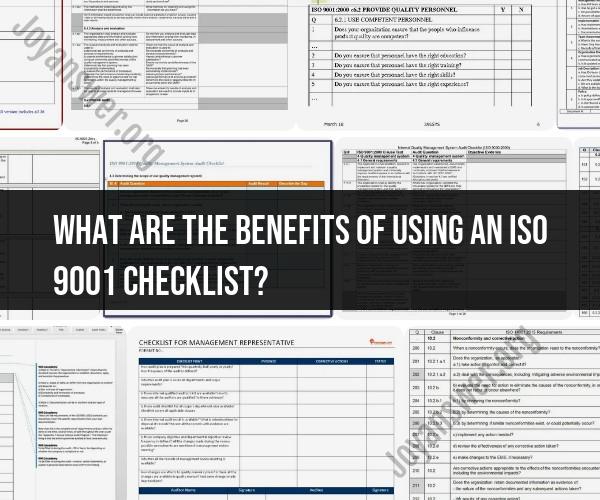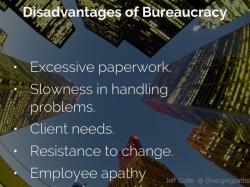What are the benefits of using an ISO 9001 checklist?
Using an ISO 9001 checklist offers several benefits, particularly for organizations seeking to implement and maintain a quality management system (QMS) that complies with the ISO 9001 standard. Here are some advantages of using such a checklist:
Ensures Compliance: An ISO 9001 checklist helps ensure that your organization complies with the requirements of the ISO 9001 standard. It serves as a reference tool to confirm that all necessary elements of the standard are addressed.
Improved Consistency: Checklists promote consistency and standardization in processes and procedures across your organization. This consistency is a fundamental principle of ISO 9001.
Enhanced Efficiency: By providing a structured framework, a checklist can streamline the implementation and maintenance of your QMS. It helps employees follow established procedures and reduces the likelihood of overlooking critical steps.
Reduces Errors: Checklists serve as a visual aid that helps prevent errors and omissions. They guide employees through tasks and processes, reducing the risk of mistakes.
Training Tool: ISO 9001 checklists can be used as training tools for new employees. They provide a clear outline of processes and requirements, aiding in employee onboarding and training.
Saves Time: Checklists save time by eliminating the need to repeatedly reference the ISO 9001 standard itself. All necessary information is consolidated in one place for easy access.
Facilitates Audits: When it's time for internal or external audits, having a comprehensive checklist can simplify the audit process. Auditors can use it to evaluate your QMS against ISO 9001 requirements.
Continuous Improvement: Checklists are valuable for ongoing QMS improvement efforts. They can be updated to reflect changes in processes, new requirements, or lessons learned from audits and reviews.
Documentation: Checklists provide documented evidence that your organization is actively working to meet ISO 9001 requirements. This documentation is essential for demonstrating compliance during audits or certifications.
Risk Mitigation: By systematically following the checklist, you can identify and mitigate risks associated with non-compliance, errors, or process failures.
Customization: You can customize ISO 9001 checklists to align with your organization's specific processes and requirements. This flexibility ensures that the checklist is a practical tool for your unique needs.
Increased Confidence: Knowing that you have a reliable checklist to guide your QMS efforts can boost confidence among employees, management, and stakeholders that your organization is committed to quality.
In summary, ISO 9001 checklists are valuable tools for organizations aiming to establish, maintain, or improve a QMS based on ISO 9001 standards. They help ensure compliance, enhance efficiency, reduce errors, and support a culture of continuous improvement in quality management.












